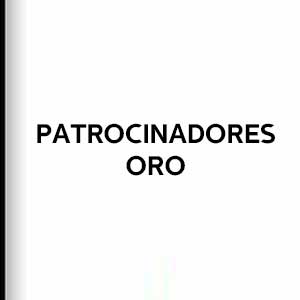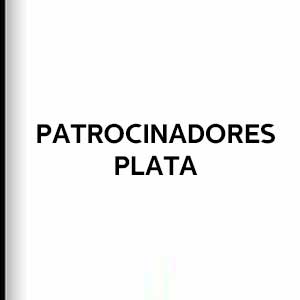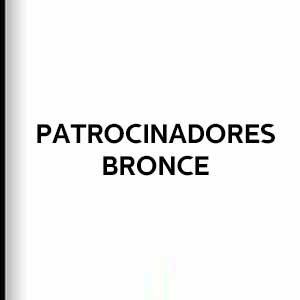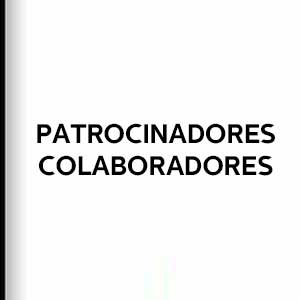Seminci dedicated today, Thursday, October 28th 2021, to Argentina, guest country at the 66th edition, and on this occasion held the round table discussion panel on “Argentine Cinema between Crises,” which highlighted the role that specialised magazines and Bafici, Buenos Aires International Independent Film Festival, have played in the forming of both the audience and the filmmakers.
At the panel, chaired by Álvaro Arroba and with the participation of Romina Paula, Juan José Campanella, Martín Rejtman, Mariano Llinás and Eloísa Solaas, the importance that magazines like El Amante played in reaching young audiences was highlighted, according to Rejtman, who considered that they managed to train viewers for different films.
Along with the magazines, according to Romina Paula, Bafici was relevant because it allowed them to enjoy works from other parts of the world. Along the same lines, Eloísa Solaas, who worked in the early years of the festival, recalled how in 2001 or 2002, 35 mm films would sometimes arrive. “It was something exciting and passionate,” said the filmmaker, who mentioned the number of retrospectives and works that were seen for the first time in the heat of the Bafici programme.
On the other hand, the participants discussed Argentine independent cinema and the “requirements” for a film to be labelled as such or not, in their opinion. For Campanella, almost all Argentinean cinema is independent because the filmmakers make the films they want to make and it is not common to have orders that involve someone correcting or modifying things.
Rejtman would love to receive orders to make films, as he did with the documentary Copacabana, since he tends to suffer more with the work he does by “self-imposition.” “I don’t have a very specific position on this, but perhaps we could talk about films that are released in more than 20 cinemas or those that are released in two or three to distinguish between independent and industrial cinema.
Merging of Cinema and Theatre
The talk began with a reflection on the spaces that have occupied and still occupy the film and theatre industries in Argentina and the closeness achieved in recent times, in which, according to Romina Paula, it is rare that an actor does not move in both territories.
“Theatre and independent cinema feed off each other in an interesting way,” she pointed out before Mariano Llinás considered that the union between both disciplines, the fact that both turn to each other to find new languages, happens cyclically. “When I studied cinema, the universe of actors was distant for us, there was a feeling of mutual ignorance,” he pointed out.
For Campanella, the communion between theatre and cinema is “historic” in Argentina, where the first great generation of theatre, that of Luppi, Alterio and Norma Aleandro, among others, began to approach and “bring truth” to cinema.



























![Logo Foro Cultural de Austria Madrid[1]](https://www.seminci.com/wp-content/uploads/2024/09/Logo-Foro-Cultural-de-Austria-Madrid1-300x76.jpg)








